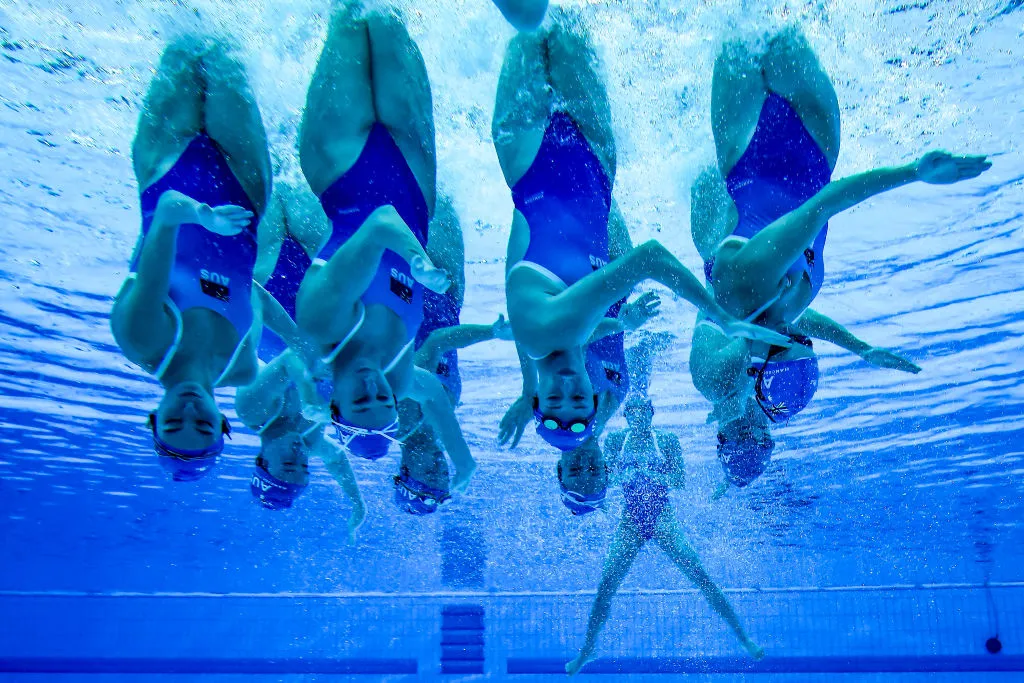Synchronized Swimming’s History Explains Why No Men Will Compete in Paris
Contents
Synchronized Swimming’s History Explains Why No Men Will Compete in Paris
Historic IOC Announcement
In late 2022, the International Olympic Committee (IOC) announced that men would be allowed to compete in artistic swimming (previously known as synchronized swimming) for the first time at the 2024 Paris Olympic Games. This decision marked a significant shift for a sport traditionally seen as exclusively for women since its Olympic inception in 1984. Despite this change, the sport remained closed to men for nine consecutive Olympiads.
A Long-Awaited Opportunity
For American Bill May, a national champion in the 1990s, the announcement was a dream come true. At 44, May came out of retirement to train with the U.S. Senior National Artistic Swimming Team, aiming to finally fulfill his Olympic aspirations. Despite the excitement among male artistic swimmers globally, neither May nor any male competitor from the ten qualifying countries will compete in Paris. Overcoming decades of exclusion has proven challenging, even for a sport originally intended to be co-ed.
Origins and Exclusion
The term “synchronized swimming” originated at the 1934 Chicago World’s Fair, introduced by physical educator Katharine Curtis. Curtis established co-ed synchronized swimming clubs, and the sport’s first competition occurred in 1939. However, when synchronized swimming was accepted by the Amateur Athletic Union (AAU) as separate events for women and men, interest in male-only competitions waned, leading to their discontinuation.
Cultural Reinforcement
The entertainment industry reinforced the view of synchronized swimming as a female activity, with figures like filmmaker Busby Berkeley and theater impresario Billy Rose showcasing female swimmers in elaborate water ballets. Esther Williams, a star of Rose’s California Aquacade, further glamorized the sport through MGM’s Technicolor “aquamusicals.” By the mid-1950s, synchronized swimming had gained significant traction in the U.S., with approximately 25,000 participants and recognition by FINA, the international swimming federation, as a women’s aquatic discipline.

Title IX and Olympic Inclusion
The Title IX era in the 1970s, which mandated gender equality in U.S. education and sports, helped synchronized swimming gain Olympic recognition in 1984, alongside rhythmic gymnastics. Despite the sport’s international growth, articles often focused on its aesthetics, reinforcing its feminine image. Men were re-admitted to U.S. synchronized swimming in 1979, but international competitions remained off-limits until FINA introduced mixed duets at the 2015 World Aquatic Championships in Kazan, Russia.
Mixed Duets and Continued Challenges
While mixed duets offered an entry point for men, the IOC’s decision to include men in the 2024 Olympics as part of eight-member teams presented new challenges. “A guy fires his muscles differently than a woman,” explained May, highlighting the difficulty of harmonizing different body types. Despite these challenges, May and the U.S. team qualified for Paris, but he did not make the final Olympic squad.
Future Prospects
The exclusion of men from the Olympics remains a missed opportunity for the sport and the development of male athletes. May emphasizes the importance of young boys and others who do not identify with the traditional feminine aesthetic seeing athletes like themselves on the global stage. As a coach, May believes the sport’s growth depends on the inclusion of all athletes. “It does take a lot of nurturing,” he says, “but the outcome is far beyond our understanding of how the sport will evolve.”
Vicki Valosik, a masters synchro swimmer and editorial director at Georgetown University, is the author of “Swimming Pretty: The Untold Story of Women in Water,” which explores the history and development of artistic swimming.
Made by History offers in-depth articles by professional historians. Learn more about Made by History at TIME here. Opinions expressed do not necessarily reflect the views of TIME editors.
Latest new from Owl Fashion Shop
